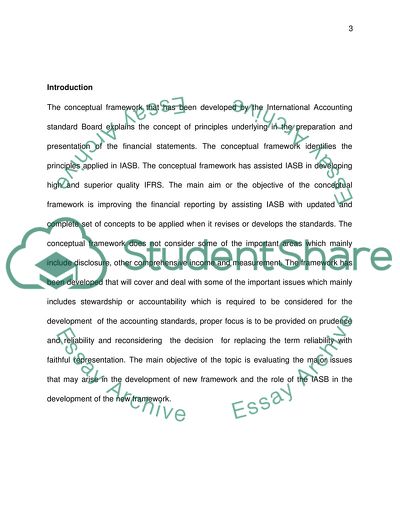Cite this document
(The IASB Conceptual Framework Essay Example | Topics and Well Written Essays - 4000 words, n.d.)
The IASB Conceptual Framework Essay Example | Topics and Well Written Essays - 4000 words. https://studentshare.org/finance-accounting/1868154-the-iasb-conceptual-framework
The IASB Conceptual Framework Essay Example | Topics and Well Written Essays - 4000 words. https://studentshare.org/finance-accounting/1868154-the-iasb-conceptual-framework
(The IASB Conceptual Framework Essay Example | Topics and Well Written Essays - 4000 Words)
The IASB Conceptual Framework Essay Example | Topics and Well Written Essays - 4000 Words. https://studentshare.org/finance-accounting/1868154-the-iasb-conceptual-framework.
The IASB Conceptual Framework Essay Example | Topics and Well Written Essays - 4000 Words. https://studentshare.org/finance-accounting/1868154-the-iasb-conceptual-framework.
“The IASB Conceptual Framework Essay Example | Topics and Well Written Essays - 4000 Words”. https://studentshare.org/finance-accounting/1868154-the-iasb-conceptual-framework.


